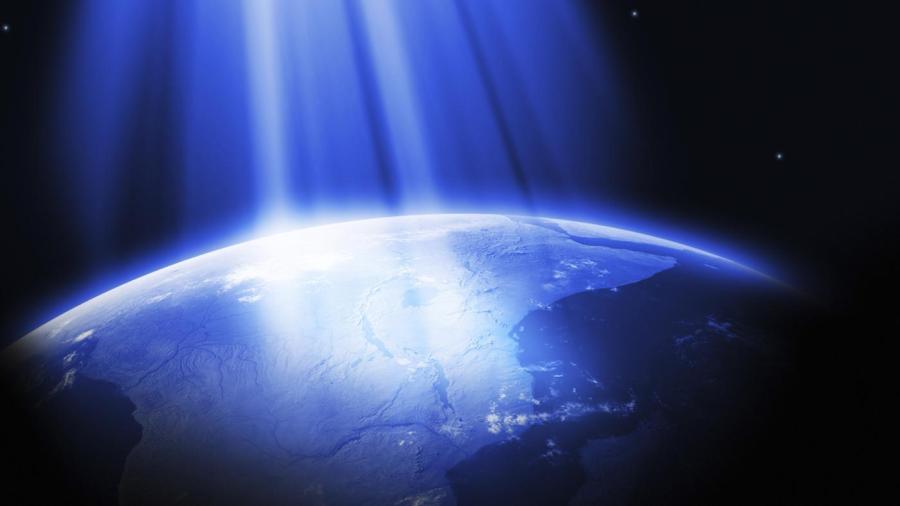What Are the Effects of Ozone Depletion?

The main consequence of a depleted ozone layer is a reduction in the protection it affords against harmful ultraviolet radiation (UVB) emanating from the sun. According to the Environmental Protection Agency (EPA), increased UVB radiation damages human health, plant life, marine ecosystems and biogeochemical cycles.
For human populations, the most dangerous effects of exposure to greater UVB radiation are: a higher frequency of non-melanoma skin cancer, more cases of malignant melanoma and an increased risk of cataracts in the eyes. The depletion of atmospheric ozone also has detrimental effects on animals and the natural environment. Developmental processes in plant life can be altered by UVB rays, resulting in decreased growth. The reproductive cycles of phytoplankton in the ocean are also disturbed. A decrease in the population of these organisms can detrimentally affect the entire food chain above them.
UVB radiation also has harmful effects on other kinds of small marine life, such as crabs, young fish and shrimp. Furthermore, UVB-accelerated damage to aquatic and land-based carbon-sinks may cause changes in the levels of carbon dioxide and oxygen in the atmosphere, thus affecting climate. An increase in the amount of UVB radiation reaching the surface also reduces the longevity of some synthetic polymers used in commercial materials production.





